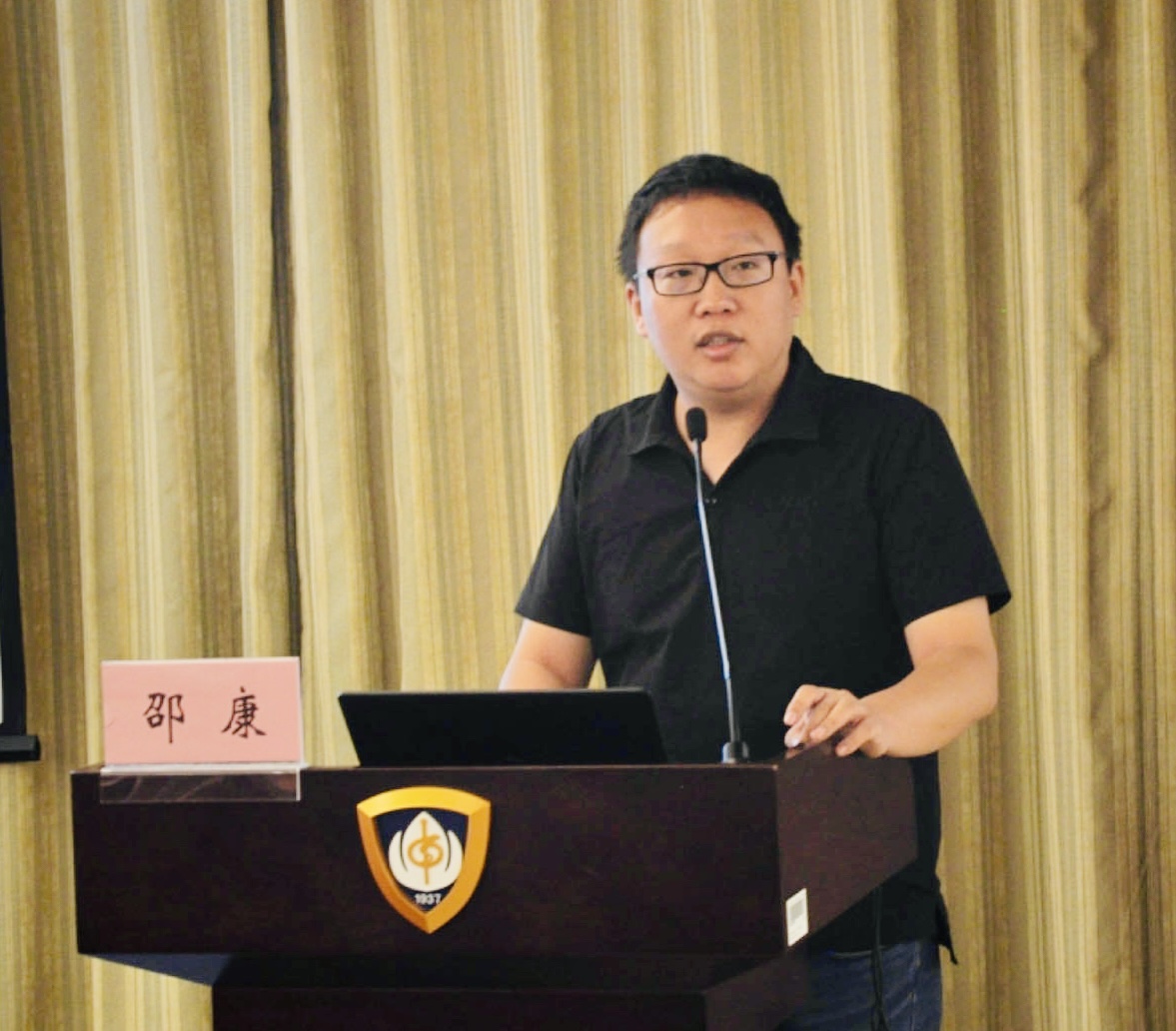Breast cancer, recognized as a pressing global health issue, has now emerged as the most frequently detected cancer worldwide, surpassing even lung cancer in its occurrence. In the ongoing effort to combat this formidable disease, research and clinical advancements have assumed pivotal roles.
BGI Group has been studying breast cancer for more than 20 years. In this interview, we talk to two experts, Dr. Li Guibo, Assistant Director of BGI-Research, and Dr. Shao Kang, head of Gynecologic Oncology Research at BGI-Research, who discuss breast cancer diagnosis and treatment, how it varies around the world, ways to prevent it, genetic testing, recent research, international collaboration in breast cancer research, as well as BGI Group's contributions.
 Dr. Li Guibo, Assistant Director of BGI-Research.
Dr. Li Guibo, Assistant Director of BGI-Research.
Q: Could you introduce the status of the diagnosis and treatment of breast cancer?
Li Guibo: According to GLOBOCAN 2020 released by the International Agency for Research on Cancer (IARC) of the World Health Organization, the number of new breast cancer cases has surpassed lung cancer, becoming the leading cancer in the world. It also ranks first in terms of mortality among female cancer patients.
The diagnosis of breast cancer mainly relies on clinical examinations, including breast palpation, X-ray, ultrasound, magnetic resonance imaging (MRI), and needle biopsy, among others. The most common methods are palpation and ultrasound. For high-risk populations or when suspicious nodules are detected, X-ray and MRI examinations are performed. If the imaging result of the nodules indicate a high malignancy, a biopsy may be considered for confirmation. Subsequently, doctors may use additional measures like CT scans to stage the breast cancer.
The treatment of breast cancer requires comprehensive assessment based on the pathological classification and molecular subtyping of breast cancer. Generally, the primary treatment approach is surgery, supplemented with chemotherapy, hormone therapy, targeted therapy, radiotherapy, or immunotherapy, depending on the situation. Sometimes, neoadjuvant therapies like chemotherapy and immunotherapy are used before surgery to shrink or completely eliminate tumors, aiming to improve the surgical resection rate and reduce the risk of recurrence.
Overall, although the incidence of breast cancer is high, the cure rate and prognosis of breast cancer have improved significantly thanks to the widespread use of breast cancer screening techniques in recent years and the development of clinical research.
Q: From a global perspective, what are the similarities and differences in the incidence of breast cancer in different countries and regions? What are the main challenges faced by developed and developing countries in breast cancer prevention and control?
Li Guibo: The incidence of breast cancer varies significantly among different countries, regions, and populations. Generally, in developed regions, the incidence of breast cancer is relatively high. For example, the incidence rate in North America is 89.4 per 100,000 population, in Europe, it's 74.3 per 100,000, in Latin America, it's 51.9 per 100,000, in Africa, it's 40.7 per 100,000, and in Asia, it's 36.8 per 100,000.
This difference may be related to environmental factors and lifestyle behaviors. It has been reported that immigrant Asian & Pacific Islander (A&PI) women who have been living in the United States for 10 years have an 80% higher risk of developing breast cancer than their newly arrived A&PI immigrant counterparts. The incidence rate of breast cancer among South Asian women living in the United States, along with 3rd and 4th generation Japanese and Chinese American women, reaches that of U.S. white women. In China, urban areas have about twice the breast cancer incidence rate compared to rural areas.
In recent years, the incidence of breast cancer among Chinese women has been increasing steadily, with new cases rising from around 268,000 in 2015 to 429,000, while the United States saw an increase from 231,000 to 259,000 during the same period.
For both developed and developing countries, the focus of breast cancer prevention and control lies in early detection and screening. Developed countries have good practices in clinical imaging-based early screening and genetic susceptibility testing. Developing countries primarily focus on imaging-based early screening, while the genetic testing for susceptible individuals still requires improvement. Many cities in China are now promoting breast cancer and cervical cancer early screening, which is expected to contribute to breast cancer prevention and control.
 Dr. Shao Kang, head of Gynecologic Oncology Research at BGI-Research.
Dr. Shao Kang, head of Gynecologic Oncology Research at BGI-Research.
Q: In recent years, the incidence of breast cancer has been gradually increasing. How can women reduce the risk of getting breast cancer?
Shao Kang: Breast cancer is influenced by various factors such as genetics, environment, and lifestyle. For example, being overweight or obese increases the chances of postmenopausal women developing breast cancer. This can be avoided by controlling diet and increasing physical activity. However, there are also risk factors that are difficult to control, such as having a long menstrual history or delaying the age of first childbirth. Therefore, the focus for general female population should be on early screening, diagnosis, and treatment.
Breast cancer is relatively easy to detect in its early stages, and the prognosis for early-stage breast cancer is excellent, with a ten-year survival rate of over 90%. Women with a family history of breast cancer can consider genetic testing to determine if they carry susceptibility genes. If they have such genes, they should follow recommended screening strategies at different ages. For women without a family history, it is advisable to undergo annual breast examinations, including breast ultrasound. If suspicious nodules are found, further testing should be considered.
(To be continued in PART 2)



